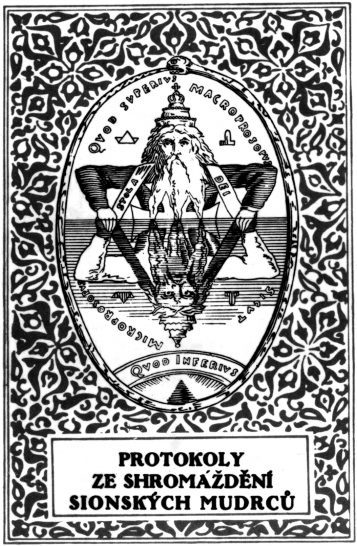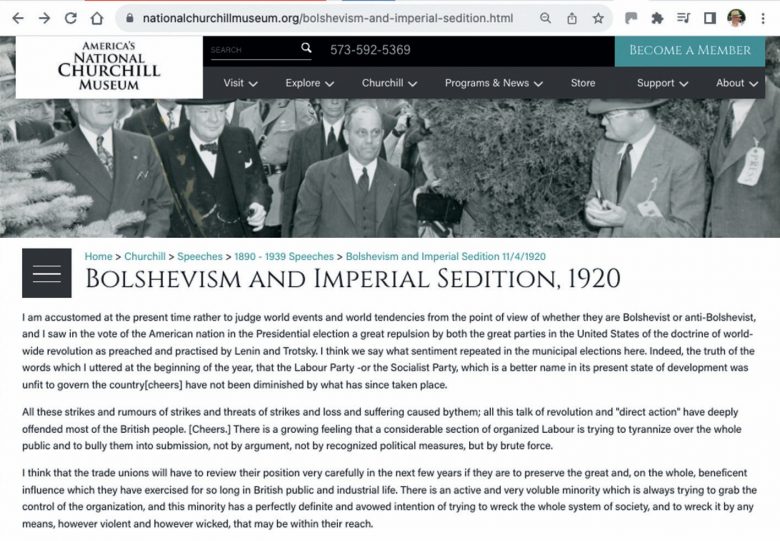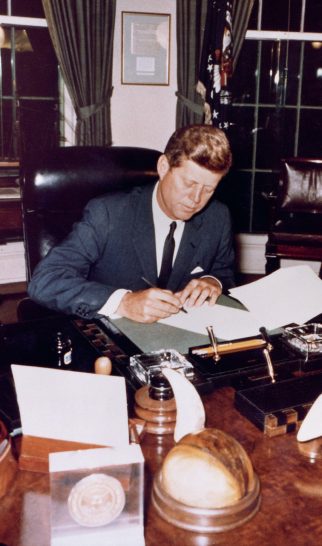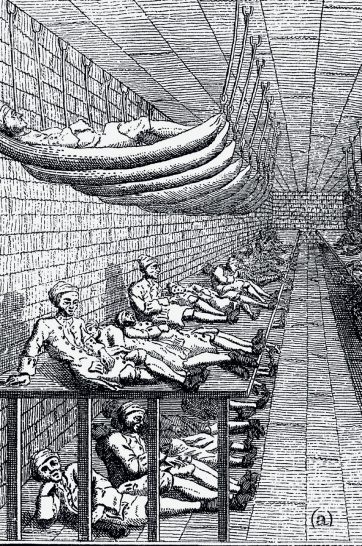
For each of the last three decades, China has maintained average annual growth rates of 10%. In 2012, its economy was worth over 7 trillion dollars — second only in size to the USA and it is predicted to overtake the USA by 2020. China can call on 4.5 million military personnel and has the capability of destroying the USA with over 100 intercontinental ballistic missiles (ICBMs) as well as missiles capable of striking Russia and Europe. China is a world superpower like never before, but to what extent did Chairman Mao lay the foundations for the modern China that is such a far cry from his own China of the 1950s, 1960s and 1970s?
In the mid-1950s, the initial process of collectivising Chinese agriculture was completed, private businesses came under state ownership and the first Five Year Plan saw impressive industrial growth. The Great Leap Forward, launched in 1958, was Mao’s attempt to modernise China and catch up with Britain and the USA in as few years as possible. It proved to be a disaster. Unrealistic targets of production were set in both agriculture and industry, but the purges following the 1956 ‘Hundred Flowers’ campaign had frightened people away from criticising the new policy and taken away much technical expertise.
Your organisation does not have access to this article.
Sign up today to give your students the edge they need to achieve their best grades with subject expertise
Subscribe




